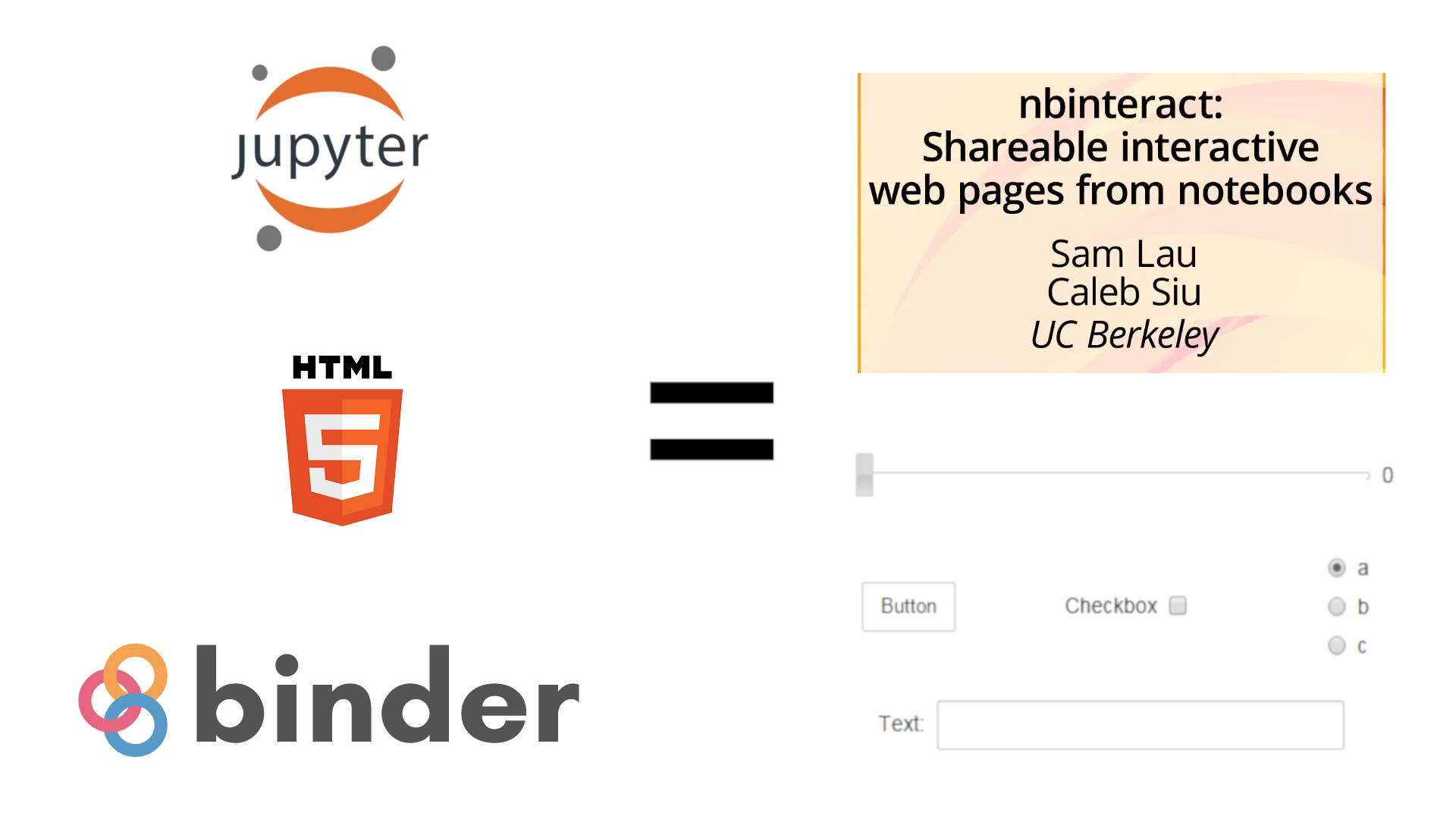
- HOW TO HOST A JUPYTER NOTEBOOK ONLINE HOW TO
- HOW TO HOST A JUPYTER NOTEBOOK ONLINE INSTALL
- HOW TO HOST A JUPYTER NOTEBOOK ONLINE UPDATE
- HOW TO HOST A JUPYTER NOTEBOOK ONLINE WINDOWS
You can test out the available options here. You can then switch themes from the command line as shown below.
HOW TO HOST A JUPYTER NOTEBOOK ONLINE INSTALL
To install Jupyter Notebook themes, from an Administrative PowerShell session run pip install jupyterthemes Get-AzVM -Name or use tab completion to see other cmdlet options. Using tab we can see Get-AzVm options and switches. Using Get-AzVM will list our Azure Virtual Machines. We can now use other Az cmdlets to interact with Azure. We are now authenticated to Azure from within our PowerShell Jupyter Notebook. We can use the Az module Connect-AzAccount cmdlet to authenticate to Azure. With the Az Module now installed it can be loaded and we can see the Az cmdlets that are available. Anything that previously worked with PowerShell Core 6.x should be good.
HOW TO HOST A JUPYTER NOTEBOOK ONLINE WINDOWS
NET Interactive utilises PowerShell 6/7 so you won’t be able to use PowerShell Modules that require Windows PowerShell. As per the announcement blog post currently there is no ability to read from the host, so the -Force switch must be used when installing modules. I’m going to start with the Az PowerShell Module. For that we will need to install some PowerShell Modules. It is highly likely that you’ll want to interact with a Cloud service. I started with Get-Date and $psversiontable Now it’s time to validate we’ve got our environment all setup and configured correctly by trying a few easy PowerShell commands. Testing a local PowerShell Jupyter Notebook If you will be interacting with Cloud services using your notebook you will need to enable this communication. NET (PowerShell)ĭepending on your workstation’s configuration, you may be prompted to allow communications through your local firewall for. Which will start JupyterLab and open a browser window to your localhost:8888 displaying the directory/folder of your Windows User Profile.Ĭreating a local Jupyter PowerShell NotebookĪfter navigating to a directory in my Windows Profile where I wanted to create my local PowerShell Notebook, I selected New =>. From an administrative PowerShell command line, run jupyter notebook We are now ready to start Jupyter Notebook. From an Administrative command prompt run dotnet interactive jupyter install NET Interactive as a Jupyter Kernelįinally, we need to register. From an Administrative PowerShell command line run pip install jupyterlab NET Interactive from a command prompt dotnet tool install -g Microsoft.dotnet-interactive -version 05 -add-source "" NET Interactive supports PowerShell 7.1+ which in turn requires the. Omit the –add-source and –version switches to obtain the latest package from Nuget.Īlso, the latest. The latest versions of dotnet-interactive can now be obtained from Nuget. The myget dotnet repo (detailed below) is now deprecated.

With the prerequisites satisfied before we can start our first local PowerShell Jupyter Notebook, we need to If you’re doing this, chances are you already do too. I already had PowerShell 7, Python 2.7 and the. Local PowerShell Jupyter Notebook Prerequisites Uses include data cleaning and transformation, numerical simulation, statistical modelling, data visualization, machine learning, and much more. Jupyter Notebook is an open-source web application that allows you to create and share documents that contain live code, equations, visualizations and narrative text. In this post I detail how I got started with a local PowerShell Jupyter Notebook.

NET Interactive (which is what provides PowerShell functionality in Jupyter) is available in Azure Notebooks. But I also wanted to run a local PowerShell Jupyter Notebook until. I’ve since given it much more of a workout as PowerShell is my automation tool of choice. At the time I had a quick play with the early release and was very impressed. Session " Elevate your documentation with PowerShellĮarlier in March 2020 Tyler Leonhardt from the Microsoft PowerShell team announced the Public Preview of PowerShell Support in Jupyter Notebooks on the PowerShell Dev Blog. You may also be interested in my Microsoft Reactor

HOW TO HOST A JUPYTER NOTEBOOK ONLINE HOW TO
This post details how to run Local PowerShell PowerShell Jupyter Notebook locally in a Docker
HOW TO HOST A JUPYTER NOTEBOOK ONLINE UPDATE
Update 10 July 2020: See this post for how to run


 0 kommentar(er)
0 kommentar(er)
